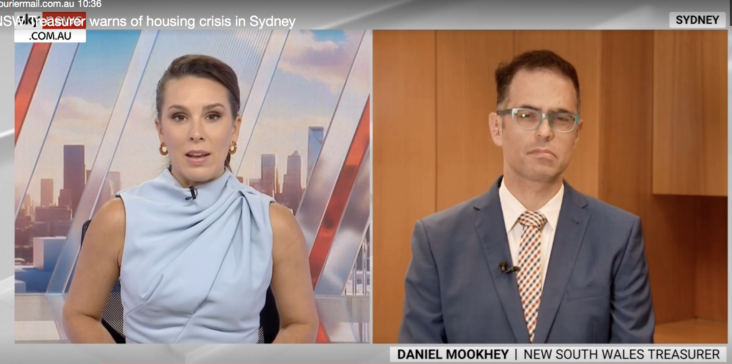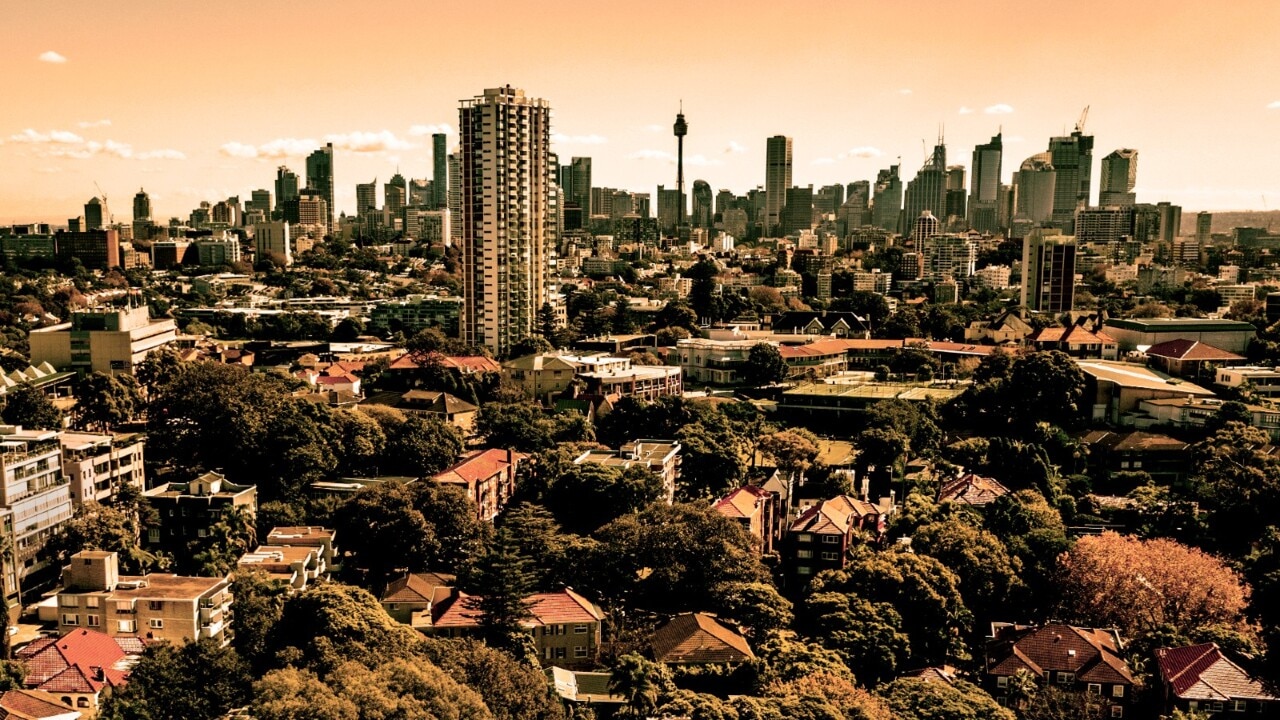
Australia’s middle class is dying thanks to policy failures, the housing and cost-of-living crises, and a rise in wealth inequality, experts warn.
Australia should prepare itself to mourn the death of the middle class as the once-famed land of opportunity and birthplace of a fair go transforms into a state where the only way to get ahead is to have rich parents.
That’s the warning from economists, investment experts and social services organisations, who fear the current financial crises ravaging the country are inflicting irreparable damage.
Leith van Onselen, co-founder of MacroBusiness and chief economist at MB Fund and MB Super, believes the middle class is dying – and can’t see a path out.
“The main issue is obviously the housing market,” Mr van Onselen said.
“Both renting and buying is now so expensive that we’ve gotten to a stage where the majority of people able to buy a home can only do it via parental wealth.
“What that does is embed the necessity of generational wealth into Australian society and entrench a shocking level of inequality.”

The days where those willing to have a go and work hard could seize opportunity are “disappearing before our eyes”.
“A class system is developing – the old historic ‘landed gentry’ versus the masses.”
Aside from being deeply unfair and immediately costly, the long-term consequences could be devastating when future generations try to get by in later years on superannuation alone, he said.
“The whole Australian retirement system is basically built around homeownership. If you own your home by the time you retire, you’ll be OK. That’s the way it’s set up. So, the future looks bleak.”
Red hot inflation over recent years has seen the cost of goods and services soar, he added, putting intense pressure on household budgets.
“But on top of that, people’s average tax rates have risen very strongly in the past couple of years, so they’ve had more of their disposable income lost there too.”
Rise of the ‘working poor’
Australia has gotten to a once-unimaginable situation where having a full-time job is no longer a shield against financial despair and even poverty, social services groups say.
Last year, St Vincent de Paul Society saw a 40 per cent surge in the number of calls for support from struggling Aussies.
Many of them belong to a cohort that would broadly be considered “to have security in their quality of life”, a Vinnies spokesman told NCA Newswire.
“[Vinnies is] seeing people in full-time employment and households on dual incomes turn to our members for assistance because of financial pressures from essentials that they cannot do without.
“People cannot cut back on having a roof over their head, feeding their children or paying for utilities. They are seeing instances where, to be able to cover an increase in rent, families are turning to the society in order to put food on the table.”
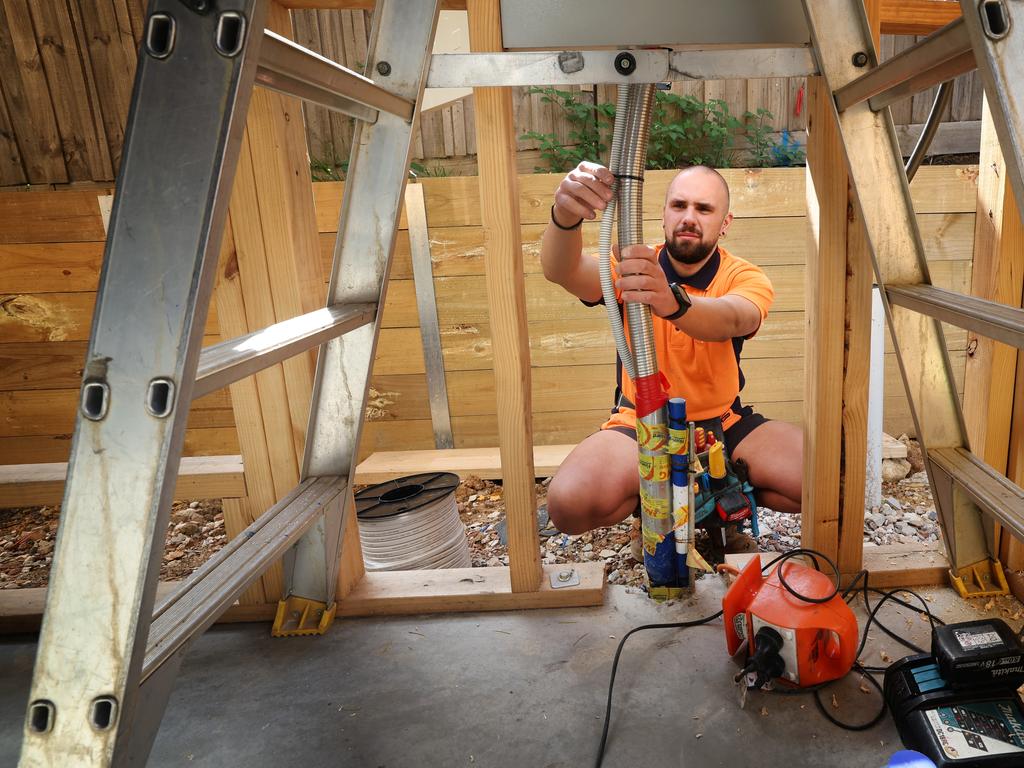
A spokesperson for the group’s New South Wales chapter described the increase in demand from people in stable employment has been “quite alarming”.
“In Australia, the phenomenon of ‘working poor’ has traditionally been viewed as an American concept but we are seeing that alarming trend creep closer to home.”
The charity reported there were an estimated 761,000 children across the country whose families lack adequate food and struggle to pay essential household bills.
Increasingly, food is becoming a “discretionary spend” for families who’ve cut back on every other cost they can, Foodbank Australia chief executive Brianna Casey said.
“We live in one of the richest nations in the world. We produce enough food to feed our population three times over,” Ms Casey wrote in a blistering op-ed for The Guardian.
“Yet, on any given day in Australia, more than half a million households are struggling to put food on the table. [They are] people who may be sitting across from you at work or at the bus stop, or waiting at the school gate. They are people in your street.
“They are living pay cheque to pay cheque and hoping their world doesn’t come crashing down the next time the interest rates go up, the next time it floods or the next time rents go up. Everyday things happening to everyday people.”
Widening gap between rich and poor
Research by the Australian Council of Social Services and UNSW Sydney found the top 20 per cent of income earners now make twice as much as the middle, and five times as much as the lowest.
And when it comes to wealth, the top 20 per cent is worth five times that of Australia’s middle – and a whopping 90 times more than the lowest.
“There is widespread concern that a minority of wealthier households has prospered in recent decades while living standards stagnated for the majority,” ACOSS chief executive Carla Treloar said.
“From 2003 to 2022, the average wealth of the highest 20 per cent rose by 82 per cent and that of the highest five per cent rose by 86 per cent.
“Since wealth begets more wealth, wealth inequality rises more persistently than inequality of income.”

The gap between rich and poor has widened so much that Australia’s middle class is worse off than it was 20 years ago, financial adviser Alex Jamieson believes.
“Back in the 2000s, life was certainly easier; the houses were bigger, the school fees weren’t as expensive and many people didn’t have mortgages close to what they are sitting at now,” Mr Jamieson told news.com.au.
To achieve a similar lifestyle enjoyed by the middle two decades back, someone would need a salary today of at least $150,000, accounting for inflation, he said.
Daniel Walsh, a real estate investor who went from living in a shed in his early 20s to amassing a portfolio worth $20 million, believes the country’s economic system has become inequitable.
“Our middle class are swimming against the tide because as the dollar devalues, they will become more and more enslaved by their jobs – trading their valuable time for reducing-in-value money,” Mr Walsh said.
“Not only are they perpetually struggling to pay their bills, but every time our government prints money – via the issuing of government bonds – the dollar is devalued even further, and our middle class are metaphorically drowning financially.”
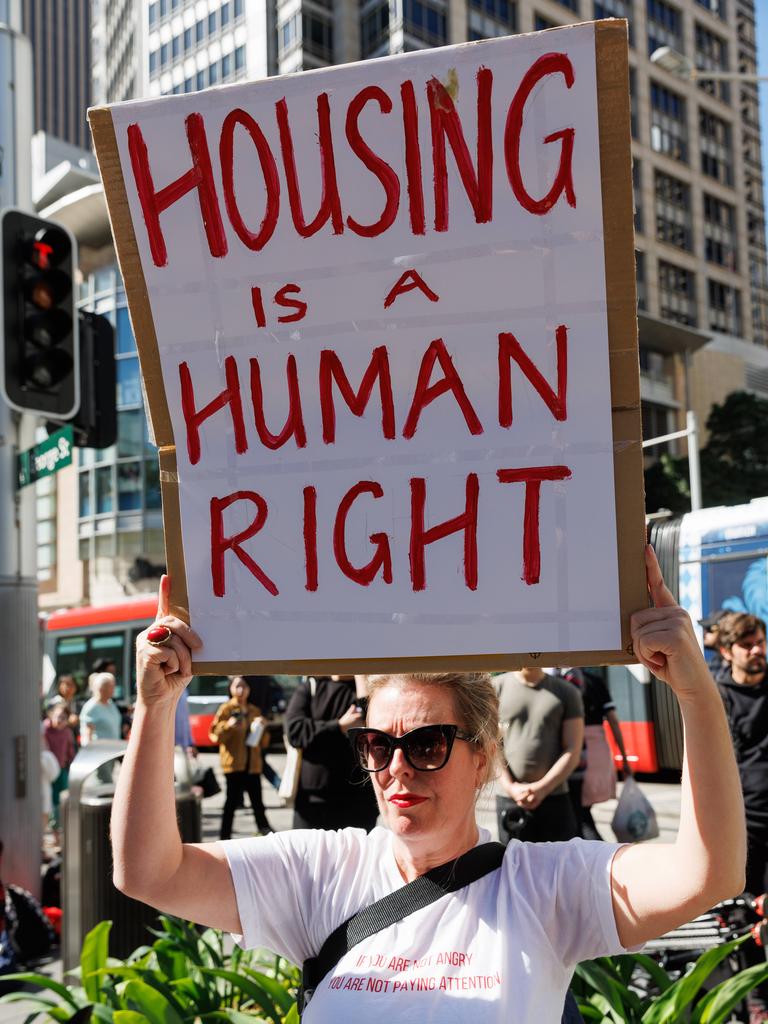
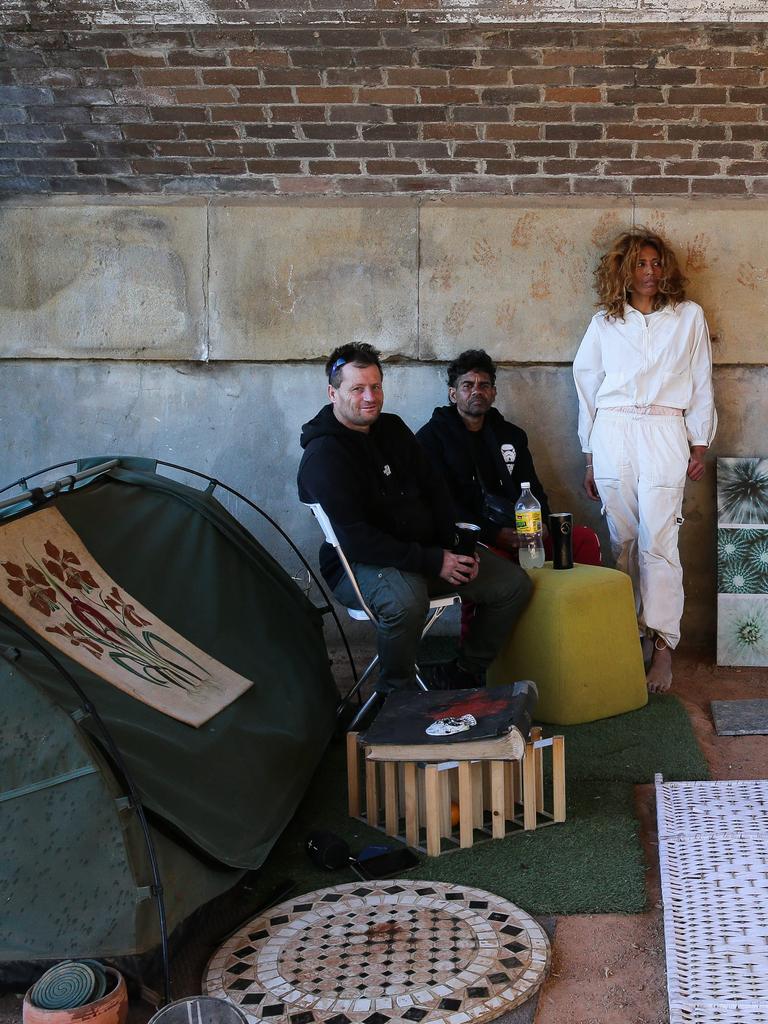
Average Australians are battling to keep what little wealth they have, likely in the form of their family home, Mr Walsh, author of the book 6 Principles to Retire Younger and Richer, said.
But the worsening housing crisis means paying rent is a struggle, let alone covering the cost of a mortgage, so scores are struggling just “keep their financial heads above water”.
Middle Australia being gouged
Analysis by the Australia Institute in December painted a bleak picture of the state of typical household finances.
“Workers of modest means are paying a far bigger slice of their earnings in tax – an extraordinary situation with no precedent in recent times,” it read.
“It’s contributing to the serious financial pain being felt in lot of households.”
It blamed so-called ‘bracket creep’ – where wages growth pushes people into higher tax brackets, far outweighing the benefits of salary increases, especially when coupled with cost-of-living pressures.
“For most people, real wages are going backwards as inflation erodes the value of their incomes – but when it comes to tax, that counts for nothing.
“In the September 2023 quarter, wages grew at the fastest pace recorded. Annually, wages posted their biggest rise since 2009. That’s driving peoples’ earnings into higher tax brackets, even though their pay can’t keep up with the cost of living.”
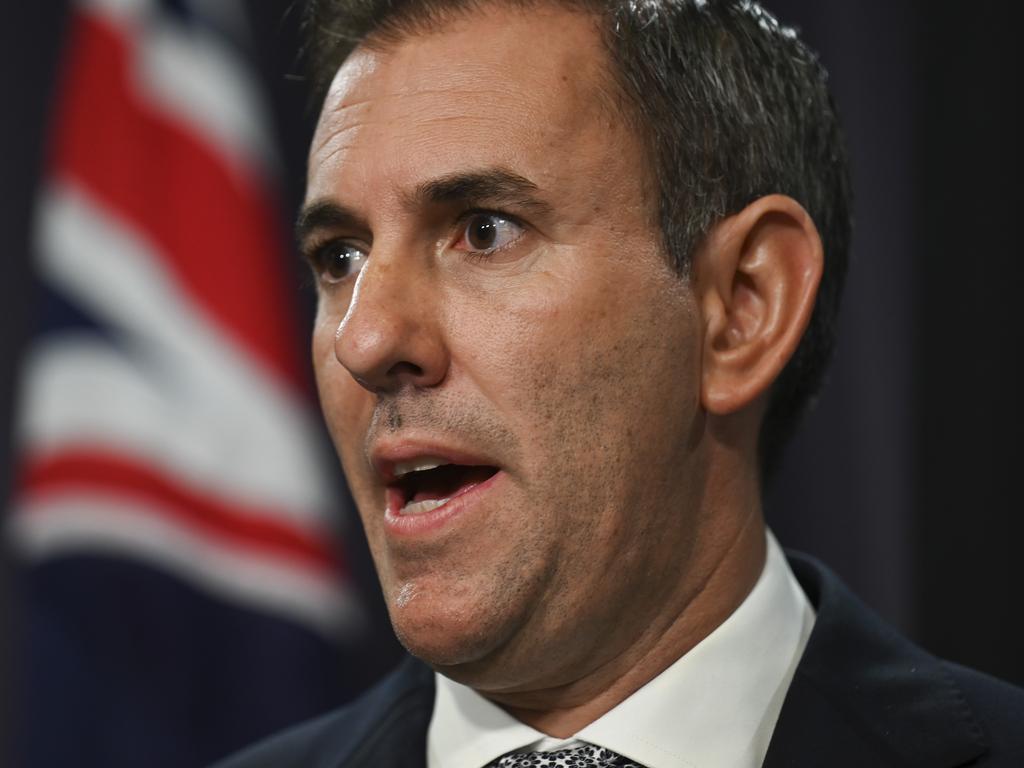
The analysis also pointed out the impact of the “unfortunately timed withdrawal of a tax break that benefited up to 10 million Australians”.
That concession, the Lower and Middle Income Tax Offset, was introduced in 2018 and offered up to $1500 per year in relief for people earning between $37,000 and $126,000.
It modelled three scenarios to determine how much things have eroded since September 2021 when inflation took off, and found middle income earners are paying about $3100 in extra taxes are in all about $5400 worse off each year.
And given two-income households are pretty much the norm, plenty are experiencing a painful “double whammy” effect.
“Keep in mind that we’re only considering the way earnings have been eroded by tax and consumer price rises – not the massive rises in the cost of servicing mortgages.”

Mr van Onselen said record high immigration had made the situation much, much worse, with more than 500,000 new arrivals into Australia in the 12 months to June 2023, and another half-a-million expected by mid-2024.
“It’s madness,” Mr van Onselen said.
“The government loves it because they’ve imported new taxpayers and it papers over the huge cracks in the economy and makes them look like good economic managers.”
Not-so-resilient after all
Each time it has hiked interest rates over the past two years, the Reserve Bank has insisted the overwhelming majority of Aussie households are “resilient”.
Or, in short, they can cop the $1450 per month in extra mortgage repayments on average that they’ve been lumped with as a result of the cash rate leaping from 0.1 per cent to 4.35 per cent since May 2022.
That equates to a staggering $17,400 per year increase – roughly a quarter of the average annual salary.
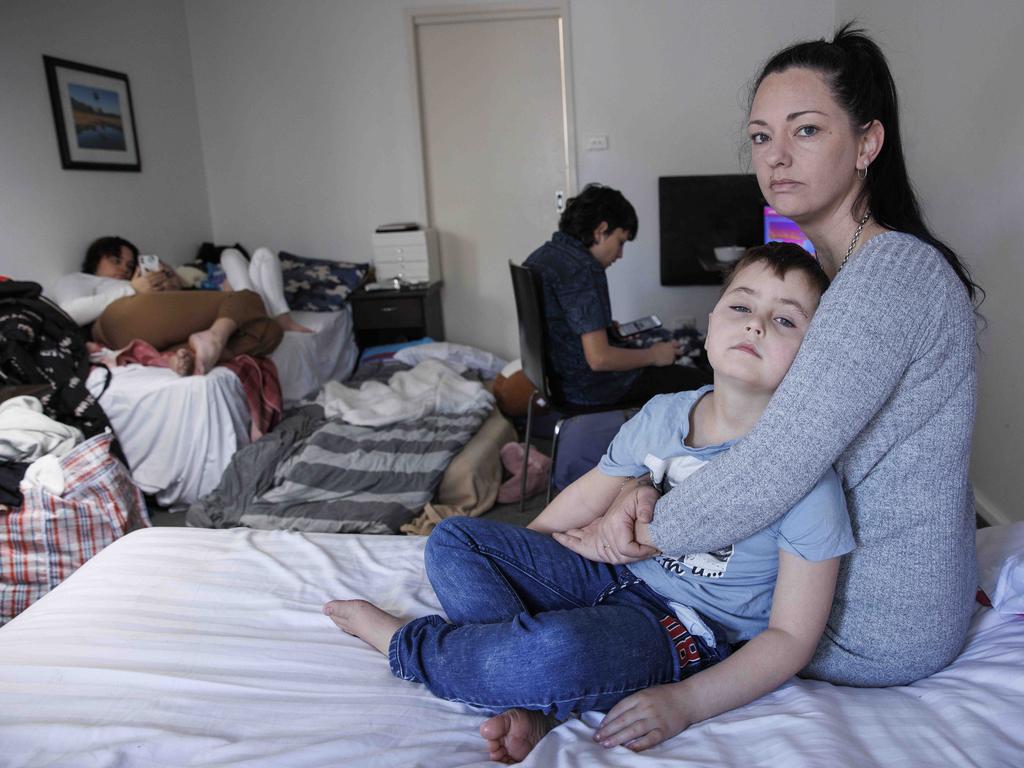
Despite its characterisation of how Australians are managing, the RBA’s own data shows one in 20 households are spending more than they earn on home loan repayments and the essentials.
“We’re not talking luxuries here – just the basics. Food, clothing, healthcare and utility bills,” the Australia Institute said in its analysis.
“Some managed to get ahead on their mortgage repayments before the rate hikes and can draw on this buffer, at least for a while. But about one in fifty face a choice between paying the mortgage, eating or keeping the lights on.”
Prepare for ‘Generation Rent’
The so-called ‘Great Australian Dream’ of homeownership has become a fantasy for many young people, Mr Walsh said.
Back in 1971, 64 per cent of people aged 30- to 34-years-old owned the home they lived in, but as of the latest Census in 2021, that number has slumped to 50 per cent.
Four decades ago, a healthy 50 per cent of those aged 25 to 29 were homeowners, while now just 36 per cent of that same demographic have managed the jump from renter to buyer.
“More and more young people simply cannot make the leap because they feel the deposit and stamp duty requirements associated with higher property prices in their hometown are not achievable for them.”

